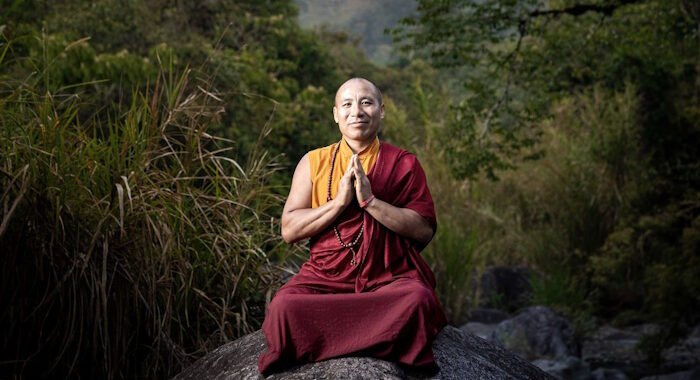The Borucans ~ People of survivors
~ by Susie Atkinson
The Borucans' history contains some challenging chapters.
Through the long duration of the Spanish conquest, they did not give up! The Diquis region, located on the southern border of Costa Ballena, became an important gold mining center, which led to raids and warfare with other indigenous groups. Columbus reported that he had found a land rich in gold, which led to further explorations. A ship of colonists led by Diego de Nicuesa landed in 1506. More explorers continued to arrive. In 1522, Gil Gonzalez Davila, with over 100 men, explored the interior from the Gulf of Nicoya to Burica Point (southern tip of Costa Rica), where the Spaniards received collaboration from some tribal chiefs.
To attract new settlers to the colonies, Spain established a program called the "encomienda system," in which an estate was granted to a settler who received legal rights to utilize local native people to work the land, often without compensation. In 1561, Cartag, the first successful settlement, was established by Juan Vasquez de Coronado.
It became Costa Rica's first capital, and he was the first governor.
Coronado made peace with a local Indian chief, who persuaded other chiefs to cooperate with the Spaniards. Despite this agreement, many of the remaining tribes fled from the valleys and coasts into the nearly inaccessible Talamanca range.
In 1601, Gonzalo Vazquez de Coronado, the son of Juan Vazquez, officially opened "the Camino Real," also known as the Camino de Mulas. It connected Guatemala with all the provinces as far as Panama. Mules were raised in the Central Valley and driven to Panama, which became the transit route for precious metals from South America to Spain. The teams of mules would pass through the indigenous villages of Quepos, Boruca, and Térraba.
By 1629, the Borucans were" reduced" under Spanish dominance.
The natives were transformed into muleteers and providers of tributes for the Spanish, especially corn, beans, textiles, and dyes, as well as provisions for boats and traction.
INFO: Susie Atkinson
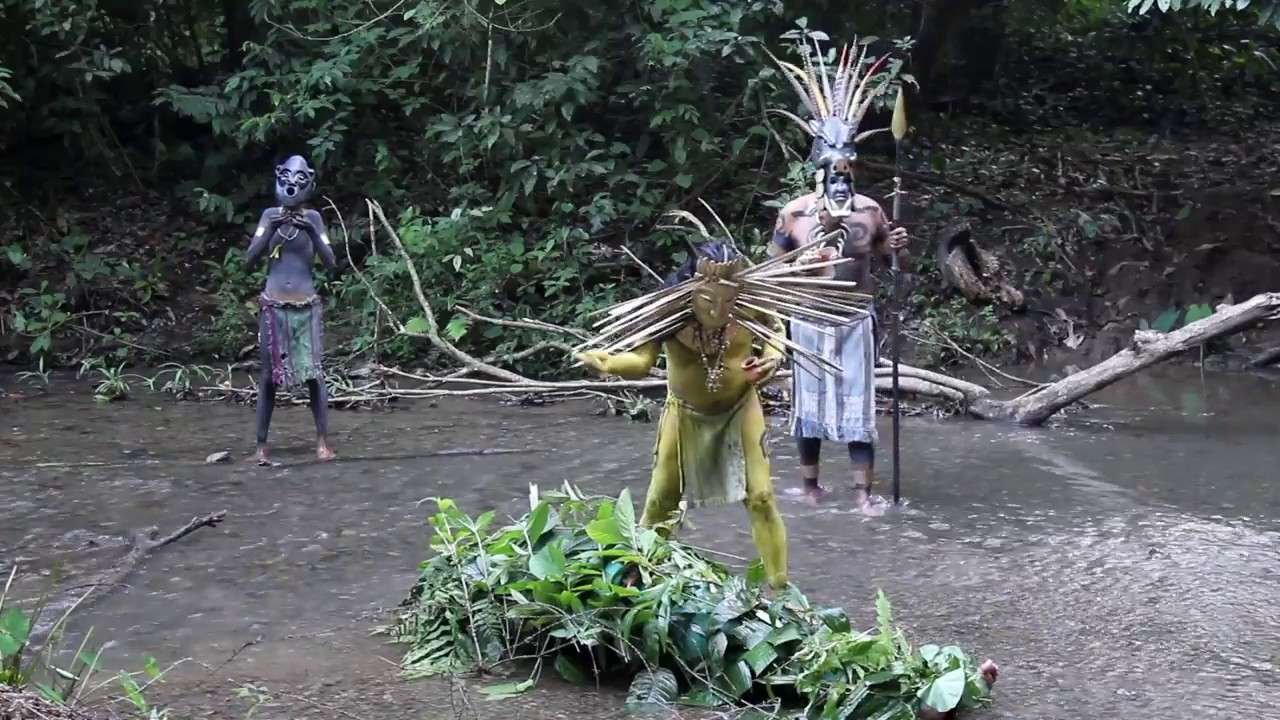
Ballena Tales is an essential free digital magazine in Costa Rica, valid for travelers, residents, and investors covering Costa Ballena in the Canton of Osa in the South Pacific of Costa Rica. It is a fully bilingual, bi-monthly, and full-color digital magazine.
The magazine introduces the reader to the life of the local community, with interviews of pioneers, writers, and artists, as well as extensive information on restaurants, hotels, experiences, natural attractions, and wildlife of the South Pacific of Costa Rica.
We are not just a magazine; each edition (print and digital) is linked to a robust web platform; the editions are published online, and the advertorials are included in our blog and the brand in the commercial directory. We also add links to the advertising company's website and social networks. At this time, the openings of digital publications in all their expressions exceed 80 thousand openings, and the advertised brands have a global reach.
We have a loyal audience of over 8,000 readers in the South Pacific's Costa Ballena region who will view your news in each printed edition.
We prioritize our readers' satisfaction by delivering a variety of engaging content while showcasing the value of our advertisers' brands.

Busting Myths About Costa Rica Destination, Free Costa Rica Magazine #99
We’ve recently seen misinformation circulating suggesting that Costa Rica is an expensive destination.
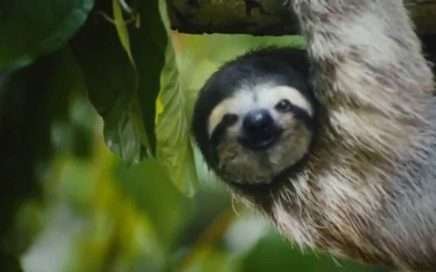
Debunking myths about Costa Rica’s South Pacific destination
There is false information circulating that suggests the South Pacific Costa Rica is an expensive destination
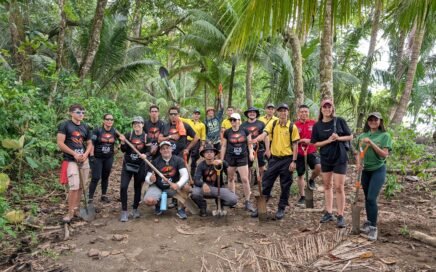
Beach Clean Up in Uvita: Community Spirit in Action at Marino Ballena National Park
Beach Clean Up in Uvita Community Spirit in Action at Marino Ballena National Park Author: Sophie Schindler

Costa Rica’s First 100% Gluten-Free Gourmet Restaurant
Costa Rica’s First 100% Gluten-Free Gourmet Restaurant La Palapa Restaurant: Indulgence Without Compromise Travelers come to Costa Rica seeking nature, adventure – and memorable dining. At Cuna del Ángel, a boutique hotel nestled in the […]

Adventure Begins Where Comfort Ends: Our Rain-Soaked Snorkeling Tour to Caño Island
What I Learned from Traveling in the Rain or Why a Plastic Cape Can Teach Humility Our Snorkeling Tour to Caño Island
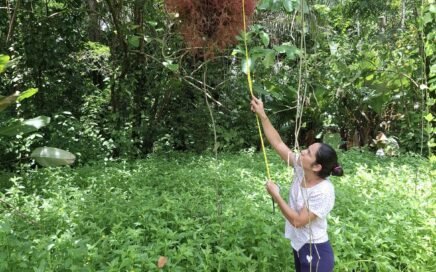
Increasing Biodiversity in the Path of the Tapir Biological Corridor
The area including the Path of the Tapir Biological Corridor in Costa Rica, is one of the few places with increasing biodiversity.
What to do, Where to eat, and Where to stay…
- Activities and Tours
- Whale Watching Tour
- Natural Attractions
- Marino Ballena National Park
- Restaurants
- Hotels and Accommodations
South Pacific Costa Rica Beaches,
Looking for business directories, maps or other printouts? We’ve got that too!
Dare to Discover and Enjoy…
Check out…
Need help planning your next trip? Let us help you with your Costa Rica vacations!
Email: carlos@ballenatales.com
Phone: +(506) 8946 7134

